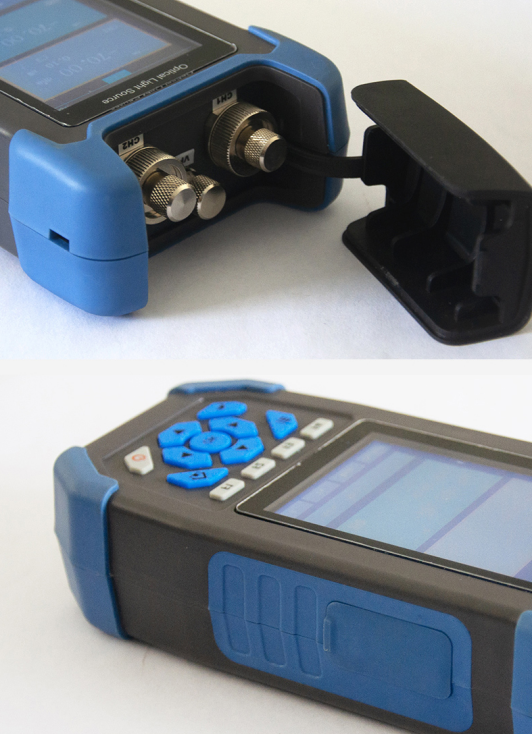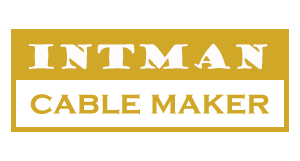by intman cable
Share
by intman cable
Share

I. Introduction
- Brief explanation of fiber optic equipment and its applications
Fiber optic cables transmit data and communications, and fiber optic equipment enables this transmission. Here are some key points to know about fiber optic equipment:
II. Types
- Transmitters
- Receivers
- Amplifiers
- Splitters
- Connectors
- Patch Cords
Types : There are many types of fiber optic equipment, including transceivers, fiber optic cables, patch cords, connectors, adapters, attenuators, and splitters. Each of these components plays a role in the transmission and reception of fiber optic signals.
Transmitters: Fiber optic transmitters convert electrical signals into optical signals, enabling transmission over the fiber optic cable. The transmitter usually includes a light source, such as a laser or LED, and a modulator that changes the light intensity to encode the data.
Receivers: Fiber optic receivers convert optical signals back into electrical signals. The receiver typically includes a photodiode or other light detector, and an amplifier to boost the signal for processing.
Amplifiers: Fiber optic amplifiers boost the strength of the optical signal to extend the transmission distance. Erbium-doped fiber amplifiers (EDFAs) and semiconductor optical amplifiers (SOAs) are two common types of amplifiers used in fiber optics.
Multiplexers: Fiber optic multiplexers combine multiple signals onto a single fiber optic cable. Two common types of multiplexers are wavelength-division multiplexing (WDM), which combines signals of different wavelengths onto a single fiber, and time-division multiplexing (TDM), which combines signals by assigning different time slots to each signal.
Test equipment: “People use fiber optic test equipment to measure the performance of fiber optic equipment and networks.” Common types of test equipment include optical power meters, which measure the power of the optical signal, and optical time-domain reflectometers (OTDRs), which can detect fiber breaks or other faults in the cable.
Splicing equipment: As I mentioned earlier, fusion splicing equipment is a common method for joining fiber optic cables. Splicing equipment includes fusion splicers, cleavers, and strippers, which are used to prepare the fibers for splicing and to align and fuse the fibers together.
Connectors: People use fiber optic connectors to join fiber optic cables without splicing. Common types of connectors include SC, ST, LC, and MTP connectors. The connector includes a ferrule, which holds the fiber in place and aligns it with the receiving fiber, and a housing。
Transceivers: Transceivers are devices that transmit and receive data over fiber optic cables. Local area networks (LANs), storage area networks (SANs), and wide area networks (WANs) commonly use them.
Fiber Optic Cables: Glass or plastic fibers transmit signals over long distances in fiber optic cables, which connect devices and networks and find common usage in telecommunications, data centers, and broadcast applications.
Patch Cords: People commonly use patch cords, which are short lengths of fiber optic cable, to connect devices to the network in LANs and data centers.
Adapters: Adapters join connectors of different types. Data centers and other networking applications commonly use them.
Attenuators: Attenuators reduce the signal strength of fiber optic transmissions. They are commonly used in long-haul fiber optic networks to prevent signal distortion and improve signal quality.
Splitters: Passive optical networks (PONs) commonly use splitters to distribute fiber optic signals to multiple users by splitting them into multiple signals.
Maintenance: Fiber optic equipment requires regular maintenance and cleaning to ensure that it is working properly and producing good signals. This includes cleaning connectors and replacing worn or damaged components.
Applications: Telecommunications, internet service providers, and data centers commonly use fiber optic equipment to transmit large amounts of data quickly and efficiently over long distances.
III. Applications of Fiber Optic Equipment
- Telecommunications
- Data Centers
- Broadcast
- Military
- Aerospace
IV. Advantages of Fiber Optic Equipment
- Higher bandwidth and faster data transmission
- More secure and reliable
- Immune to electromagnetic interference
- Longer distances without signal degradation
V. Testing and Measurement of Fiber Optic Equipment
- Fiber Optic Test Equipment
- Common performance metrics and measurements
VI. Conclusion
- Recap of key points about fiber optic equipment and its importance in modern communications
STAY IN THE LOOP
